
Needham EM, JR Chimka, M De Volder, and JL Fairey (in press), “Emerging investigator series: Trihalomethane, dihaloacetonitrile, and total N-nitrosamine precursor adsorption by modified carbon nanotubes (CNTs) and CNT micropillars”, Environmental Science: Water Research & Technology, doi: 10.1039/c7ew00173h.

Needham EM, AF de Luis, JR Chimka, and JL Fairey (2017), “Revealing a size-resolved fluorescence-based metric for tracking oxidative treatment of total N-nitrosamine precursors in waters from wastewater treatment plants”, Environmental Science & Technology Letters, 4(6), 228-233.

Lopez AM, M Williams, M Paiva, D Demydov, TD Do, JL Fairey, YP Lin, and JA Hestekin (2017), “Potential of electrodialytic techniques in brackish desalination and recovery of industrial process water for reuse”, Desalination, 409(5), 108-114.

Needham EM, SM Sidney, JR Chimka and JL Fairey (2016), “Trihalomethane, dihaloacetonitrile, and total N-nitrosamine precursor adsorption by carbon nanotubes: The importance of surface oxides and pore volume”, Environmental Science: Water Research & Technology, 2, 1004-1013.

Do TD, JR Chimka and JL Fairey (2015), “Improved (and singular) disinfectant protocol for indirectly assessing organic precursor concentrations of trihalomethanes and dihaloacetonitriles”, Environmental Science & Technology, 49(16), 9858-9865.
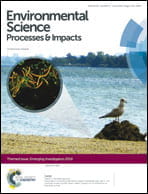
Mash CA, BA Winston, DA Meints II, AD Pifer, JT Scott, W Zhang, and JL Fairey (2014), “Assessing trichloromethane formation and control in algal-stimulated waters amended with nitrogen and phosphorus”, Invited submission to ‘Emerging Investigators‘ special issue of Environmental Science: Processes & Impacts, 16(6), 1290-1299

Pifer AD and JL Fairey (2014), “Assessing the suitability of organic matter surrogates to predict trihalomethane formation in eleven drinking water sources”, Environmental Engineering Science, 31(3), 117-126

Pifer AD, SL Cousins, and JL Fairey (2014), “Assessing UV- and fluorescence-based metrics as disinfection byproduct precursor surrogate parameters in a water body influenced by a heavy rainfall event”, Journal of Water Supply: Research and Technology – AQUA, 63(3), 200-211 (invited, Extreme Weather Events Special Issue)

Granderson CW, AD Pifer, and JL Fairey (2013), “An improved chloroform surrogate for ClO2 and alum treated waters”, Journal – American Water Works Association, 105(3), E103-E114
Fairey JL and DG Wahman (2013), “Bayesian and frequentist methods for estimating joint uncertainty of Freundlich isotherm fitting parameters”, Journal of Environmental Engineering, 139, 307-311
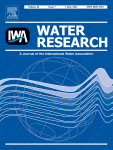
Pifer AD and JL Fairey (2012), “Improving on SUVA254 using fluorescence-PARAFAC analysis and asymmetric flow-field flow fractionation for assessing disinfection byproduct formation and control”, Water Research, 46(9), 2927-2936
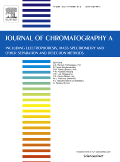
Pifer AD, DR Miskin, SL Cousins, and JL Fairey (2011), “Coupling asymmetric flow-field flow fractionation and fluorescence parallel factor analysis reveals stratification of dissolved organic matter in a drinking water reservoir”, Journal of Chromatography A, 1218(27), 4167-4178 (invited, Field Flow Fractionation Special Issue)
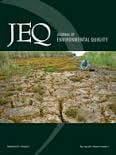
Fairey JL, DG Wahman, and GV Lowry (2010), “Effects of natural organic matter on PCB-activated carbon sorption kinetics: Implications for sediment capping applications,” Journal of Environmental Quality, 39(4), 1359-1368

McDonough KM, JL Fairey, and GV Lowry (2008), “Adsorption of polychlorinated biphenyls to activated carbon: Equilibrium isotherms and a preliminary assessment of the effect of dissolved organic matter and biofilm loadings”, Water Research, 42(3), 575-584

Fairey JL, LE Katz, and GE Speitel (2007), “Monochloramine Destruction by GAC – Effect of Activated Carbon Type and Source Water Characteristics”, Journal – American Water Works Association, 99(7), 110-120
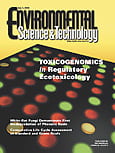
Fairey JL, LE Katz, and GE Speitel (2006), “Impact of Natural Organic Matter on Monochloramine Reduction by Granular Activated Carbon: The Role of Porosity and Electrostatic Surface Properties”, Environmental Science & Technology, 40(13), 4268-4273
Fairey JL and RC Loehr (2003), “Total and Volatile Polyaromatic Hydrocarbon Losses during Aerobic Slurry Phase Biotreatment”, Practice Periodical of Hazardous, Toxic, and Radioactive Waste Management, 7(3), 182-189